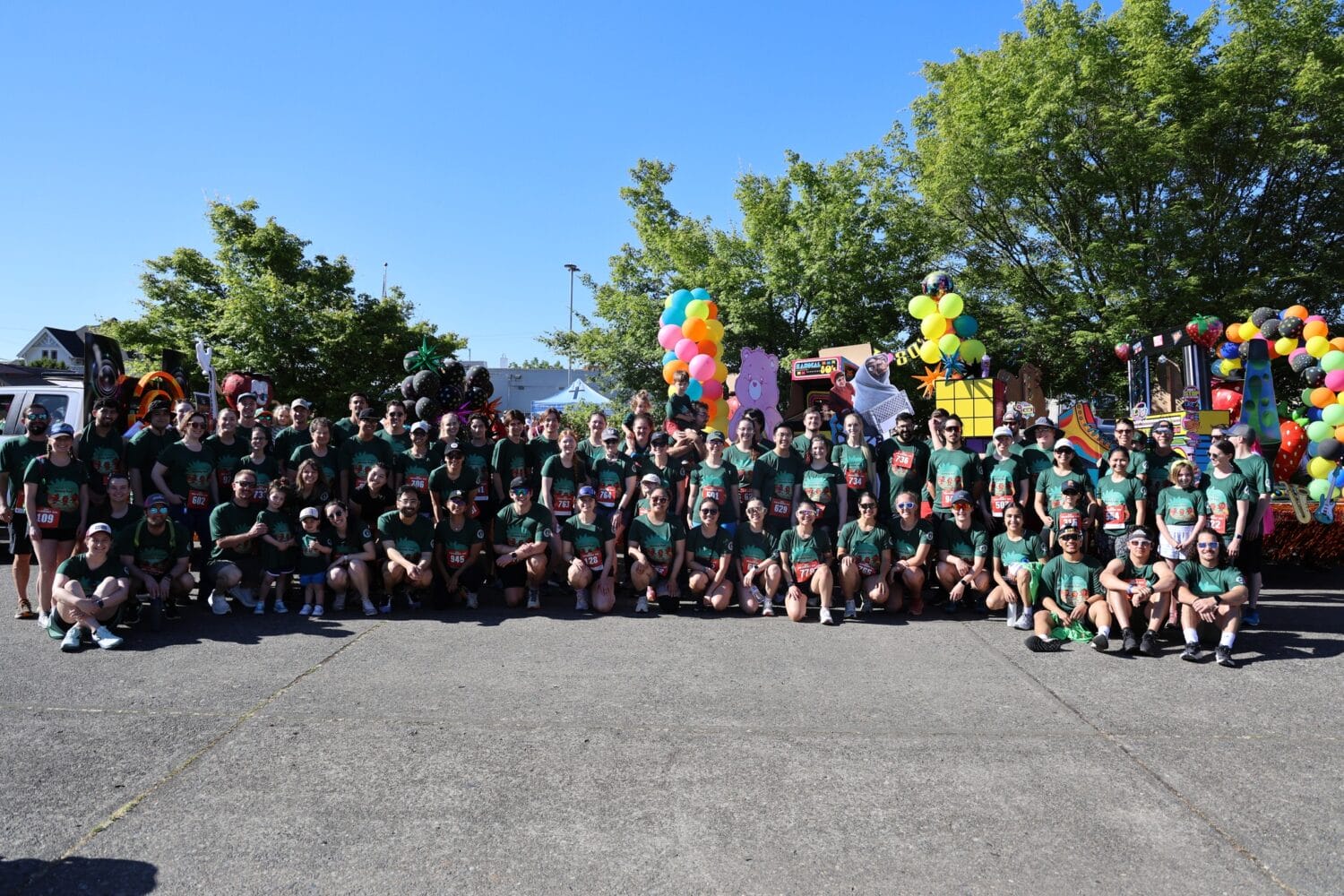Meeting the Demand for Physical Medicine and Rehabilitation
The new Physical Medicine and Rehabilitation (PMR) Department at the WesternU College of Osteopathic Medicine of the Pacific trains students in a specialty growing by leaps and bounds, especially among osteopathic physicians.
Marcel Fraix, DO, FAAPMR, Assistant Professor, Department of Physical Medicine and Rehabilitation/Osteopathic Manipulative Medicine, runs the department and also sees patients at WesternU’s Patient Care Center. Physical medicine primarily deals with care of the musculoskeletal system.
“I see a lot of patients with spine pain who deal with pain management issues,” Dr. Fraix said.
I’m primarily focusing on neck pain, low back pain and joint pain, those very common things.”
If a patient complains of lower back pain, Fraix needs to figure out whether it’s something as simple as degenerative joint disease, or
if they have a pinched nerve. The answer dictates what type of treatment you employ.
“I may need to send them to surgery,” he said. “I evaluate them as a physician, and then institute treatment. Part of the treatment may involve physical therapy.”
One career path for PMR doctors is entering sports medicine, which may evoke visions of treating superstar athletes as patients. But sports medicine doctors are more likely to treat older patients and “weekend warriors” with shoulder and knee pain.
Rehabilitation is the other part of the specialty. Dr. Fraix works with patients who have had spinal cord injuries, traumatic brain injuries, strokes and orthopedic trauma.
PMR doctors refer patients to physical therapists and work in conjunction with them. “It’s a good specialty for the people we have on campus,” he said. “It’s one of the more popular fields in medicine, whether for an MD or DO. PMR is a specialty, but there is a lot of diversity within the specialty.
“The health care field likes our skill set,” he added. “The population is aging. Musculoskeletal pain, back pain and knee pain are among the leading causes of disability for the older population. To have specialists specifically take care of that is important from a public health standpoint.”
Although the total numbers are small, DOs account for a larger percentage of PMRs than any other specialty, Dr. Fraix said. The philosophies of osteopathic medicine and PMR are compatible. Both look to enhance the function and health of patients.
“It’s a natural step because DOs have a strong background in musculoskeletal medicine,” he said. “It’s a nice fit for what makes us distinct.”
A lot of DOs tend to take their time with patients, which also lends itself to PMR.
“We try to look at a person in their entirety, not only how to take care of disease, but how to enhance health,” Dr. Fraix said.
Case in point: Chino Hills resident Julian Meza, who recently visited Dr. Fraix at WesternU’s Patient Care Center (PCC) after being referred by Aksone Nouvong, DPM, Chair of the Department of Podiatric Medicine & Surgery. Dr. Nouvong had treated Meza in the PCC Foot and Ankle Center for a foot fungus, and when he mentioned that he had numbness and tingling in his right hand and arm, she wanted him to get follow-up treatment because he has a family history of diabetes.
Lab work showed he did not have diabetes, so Dr. Fraix performed an electromyography and nerve conduction study (EMG-NCS) to test for impingement of the median nerve at the wrist.
The tests revealed that Meza did in fact have a mild carpal tunnel syndrome. This is not a severe case, Dr. Fraix said, but he should return for further evaluation if he starts experiencing consistent numbness or loss of grip strength. The median nerve not only controls sensation, but also strength of the hand.
“If they lose strength, balance or coordination, these things are detrimental,” he said.
Meza’s mother is also treated at PCC, and student doctors give her a complete checkup whenever she comes in, Meza said. The supervising physician then comes in and they talk about what they found.
“She gets attention from students and the doctor. That’s what I like about coming here,” he said. “I feel they go above and beyond what they’re supposed to do. They go into detail.”
Dr. Fraix is submitting an application for an osteopathic PMR residency with Casa Colina in Pomona.
“We have the potential to have a really good partnership with them,” he said. “We will train students and residents there. Our goal is also to develop a PMR clinic within PCC and train students and residents in that clinic as well.”
He is in the process of submitting the application, with the goal to take the first resident in 2011 or 2012. There are only three osteopathic medicine PMR residencies in the country, all on the East Coast, Dr. Fraix said.
“In terms of demand, we have many students pursuing this specialty, and we lack a training program to provide for them,” he said. “There are none on the West Coast. It would be quite an accomplishment for COMP and WesternU to get a residency started on the West Coast.”



